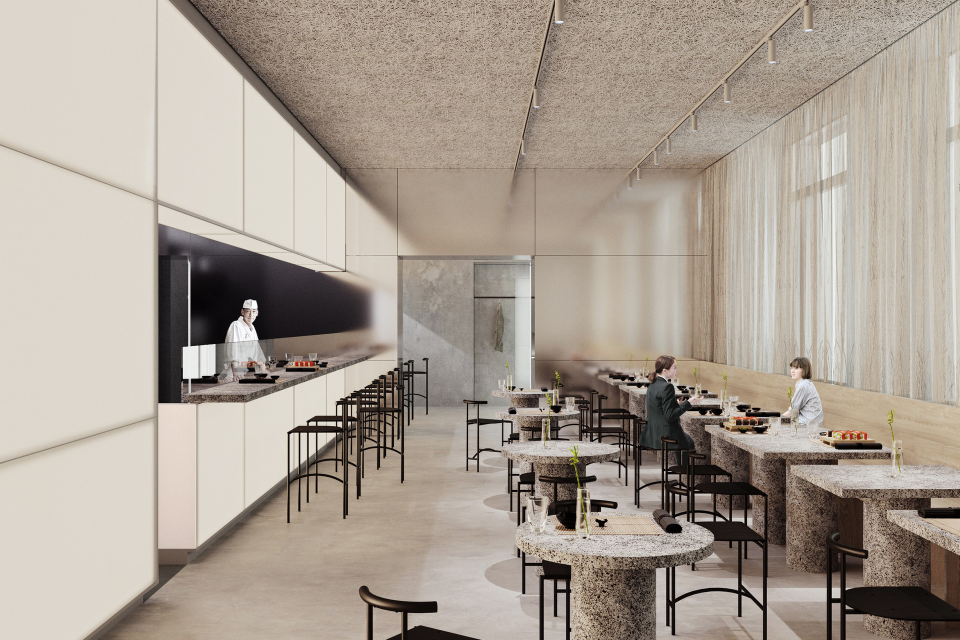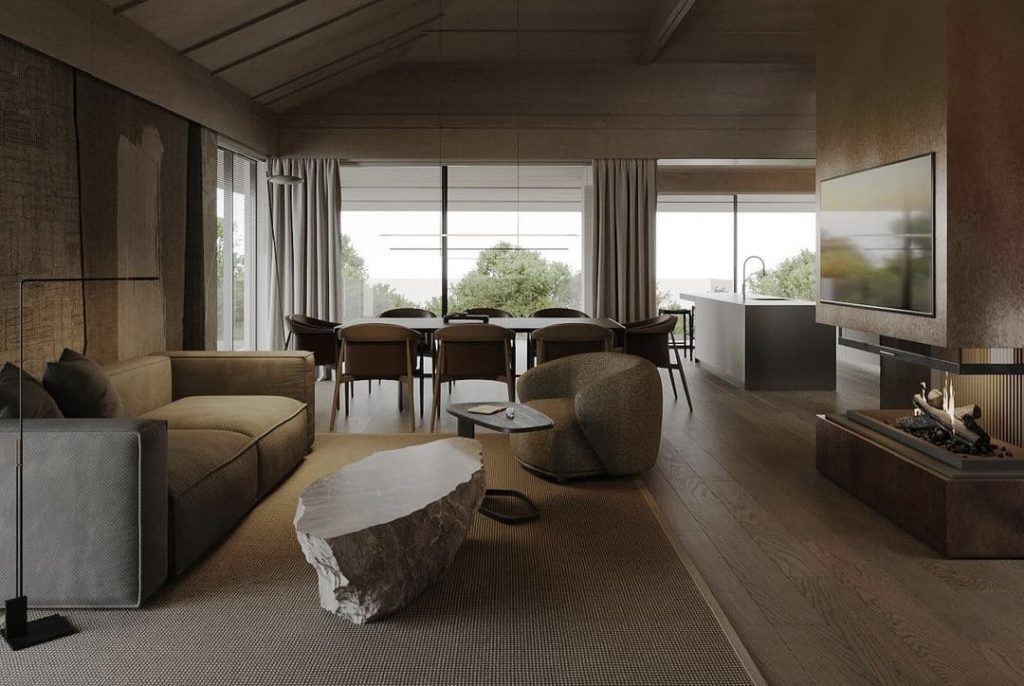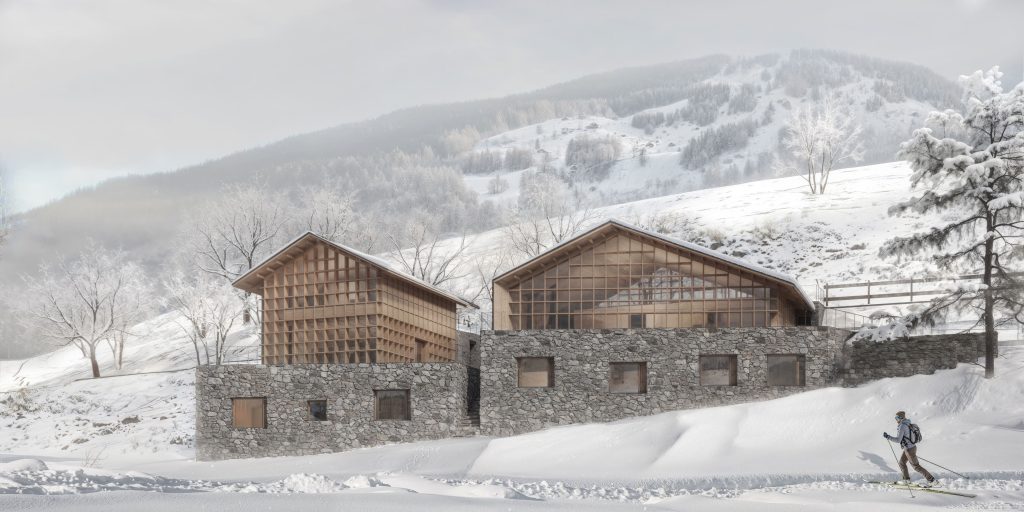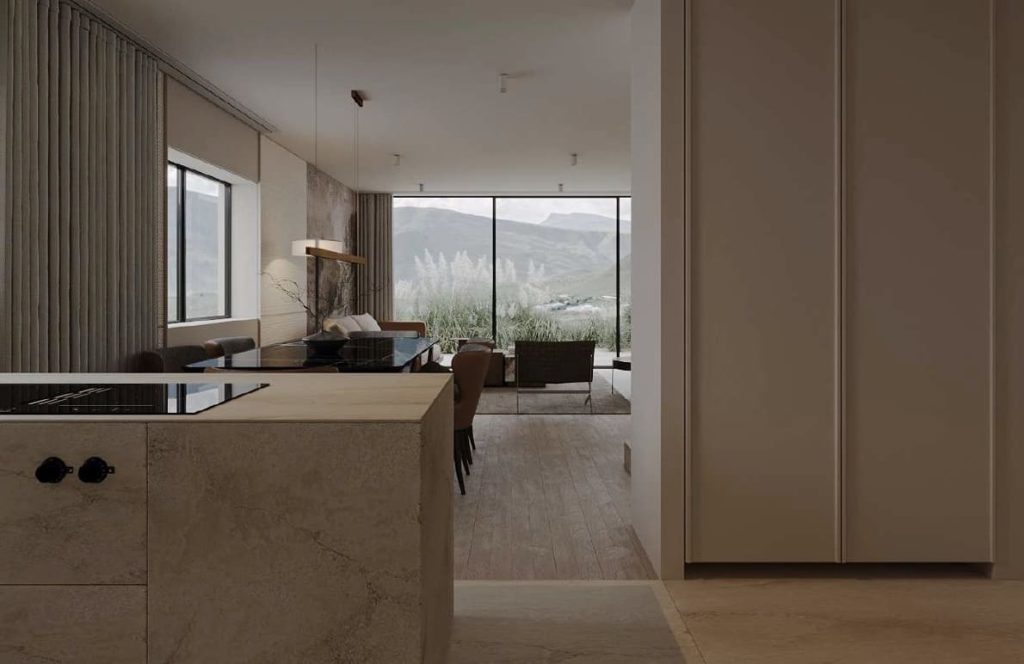Home Exterior Design Ideas

When it comes to home design, the exterior is just as important as the interior. The exterior design of your home is the first thing people see, and it sets the tone for what lies within. A well-designed exterior not only enhances the aesthetic appeal of your home but also increases its value and provides functional outdoor areas for relaxation and entertainment. This article will explore the importance of exterior design, key considerations, and creative ideas for designing your home's exterior, including the garden, pool, fire pit, and other outdoor elements.
The Importance of Exterior Design
The importance of exterior design cannot be overstated. It serves as the first impression of your home, setting the aesthetic tone and reflecting your personal style. A thoughtfully designed exterior enhances home curb appeal, making your property more attractive and inviting. Moreover, a well-planned exterior design contributes significantly to the overall value of your home, making it a worthwhile investment. Beyond aesthetics, exterior design also incorporates functional elements such as lighting, pathways, and outdoor living spaces, creating a seamless blend of beauty and practicality. Proper landscaping, for instance, not only adds visual appeal but also improves the environmental quality of the property by providing shade, reducing heat, and enhancing air quality. Additionally, features like decks, patios, and pools extend your living space outdoors, offering areas for relaxation, socializing, and recreation. In essence, exterior design is a crucial component of home design that enriches both the visual and functional aspects of your living environment.

Key Considerations for Exterior Design
When designing the exterior of your home, there are several important factors to consider:
Architectural Style: Ensure that the exterior design complements the architectural style of your home. Whether it's modern, traditional, or rustic, consistency in design elements is key.
Materials: Choose durable and aesthetically pleasing materials that suit your climate and style preferences. Common materials include wood, stone, brick, and metal. Also, consider incorporating sustainable exterior materials like bamboo, reclaimed wood, or recycled metal to enhance both the durability and eco-friendliness of your design.
Color Scheme: When choosing a color palette for your home's exterior, consider options that complement its overall aesthetic and blend seamlessly with the surrounding landscape. Opting for neutral tones can provide a timeless appeal while experimenting with bold colors can create a striking visual impact. Explore various exterior color schemes to find the perfect match for your home's design.
Landscaping: Integrate landscaping elements such as plants, trees, and shrubs to soften the look of your home and create a natural, welcoming environment.
Lighting: Proper exterior lighting enhances safety and highlights architectural features. Consider a mix of ambient, task, and accent lighting.

Exterior Design Ideas
1. Mixed Materials: Combining different materials can add depth and interest. For example, blending wood and stone offers a timeless appeal, while introducing metal and glass elements can achieve a more contemporary and sleek look, keeping your home in line with the latest exterior design trends.
2. Bold Colors: While neutral tones remain popular for their timeless elegance, bold and unexpected color choices can make a statement and set a building apart.
3. Green Walls and Roofs: Incorporating plants into the building's exterior not only adds beauty but also has environmental benefits. Green walls and roofs can improve insulation, reduce urban heat islands, and support local wildlife.
4. Solar Panels: One of the most impactful ways to incorporate sustainability into exterior design is through the installation of solar panels. Solar energy systems can be seamlessly integrated into roofs or façades, reducing reliance on fossil fuels and lowering energy bills. Innovations such as solar shingles offer a visually appealing option that blends with traditional roofing materials.
5. Smart Lighting: Use smart, energy-efficient LED lighting to highlight architectural features and landscape elements. With programmable options, lighting can dynamically adjust to events or seasons, offering versatile outdoor lighting ideas to enhance the building's appearance.
6. Fire Pits and Fireplaces: A fire feature serves as a focal point and gathering spot in any outdoor setting. Whether opting for a traditional wood-burning pit or a modern gas-powered fireplace, these elements add warmth and ambiance, making the outdoor space enjoyable even on cooler nights.

7. Pool Design: A swimming pool is not just a place for exercise or relaxation; it's a central feature that can dictate the aesthetic of your outdoor space. Consider an infinity edging for a modern look, natural stone cladding for a more organic feel, or in-pool lighting for dramatic nighttime swimming. Integrating a hot tub or a shallow lounging area can add functionality and appeal.
8. Patios and Decks: These are the heart of outdoor living spaces, acting as the foundation for your exterior home design. When considering patio design tips, think about using sustainable materials like composite decking or reclaimed wood for both beauty and durability. Built-in seating, pergolas for shade, and ambient lighting can transform these spaces into cozy, inviting areas for relaxation or entertainment.
9. Outdoor Kitchens: Extend the comfort and functionality of indoor living to the outdoors with a fully equipped outdoor kitchen. Incorporate features like built-in grills, refrigerators, and prep stations. Using weather-resistant materials and covering the area with a pergola or roof can protect the space and appliances from the elements.
10. Garden Design: Gardens can transform outdoor spaces into a lush, serene oasis. Use native plants for sustainability and easier maintenance. Incorporating different textures, colors, and heights can add visual interest. Consider integrating pathways, water features like fountains or ponds, and seating areas to fully enjoy the natural beauty up close, keeping in mind the principles of garden landscaping.
11. Privacy Features: Creating a sense of seclusion enhances the tranquility of outdoor spaces. Use lattice screens, tall fencing, or natural barriers like hedges and bamboo to add privacy while contributing to the overall aesthetic.
12. Interactive Children’s Areas: Designate a section of your outdoor space for children’s play. This can include climbing walls, sand pits, water play zones, and outdoor art stations for children to explore and interact with the environment. Incorporating natural elements like logs, stones, and plants enhances the sensory experience, while safety features such as soft ground surfaces and shaded areas ensure a secure playtime.
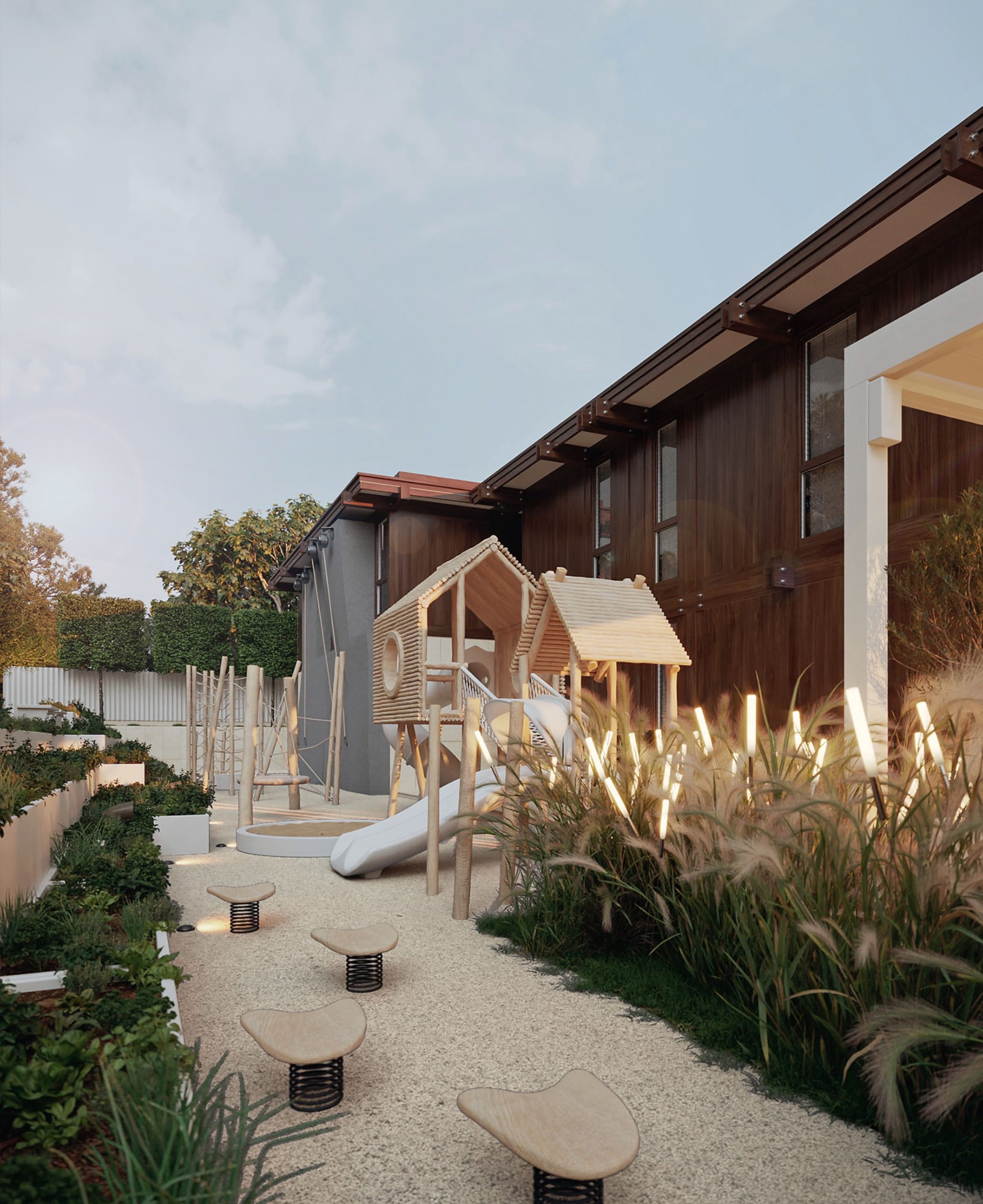
In conclusion, the exterior design is a vital aspect that enhances its aesthetic appeal, functionality, and value. By carefully considering materials, colors, landscaping, lighting, and incorporating sustainable practices, architects and designers can create exteriors that are not only beautiful but also enhance the quality of life for its inhabitants. Whether for a private residence or a commercial building, thoughtful exterior design is an investment in the future, elevating the structure from merely functional to truly remarkable.
